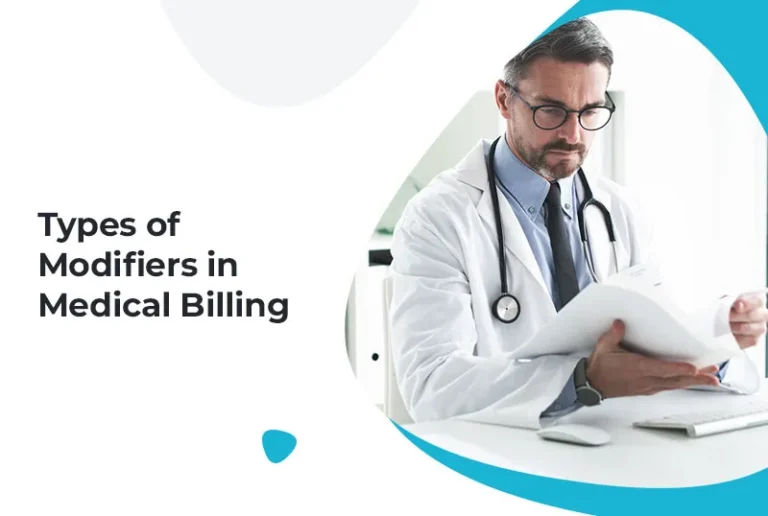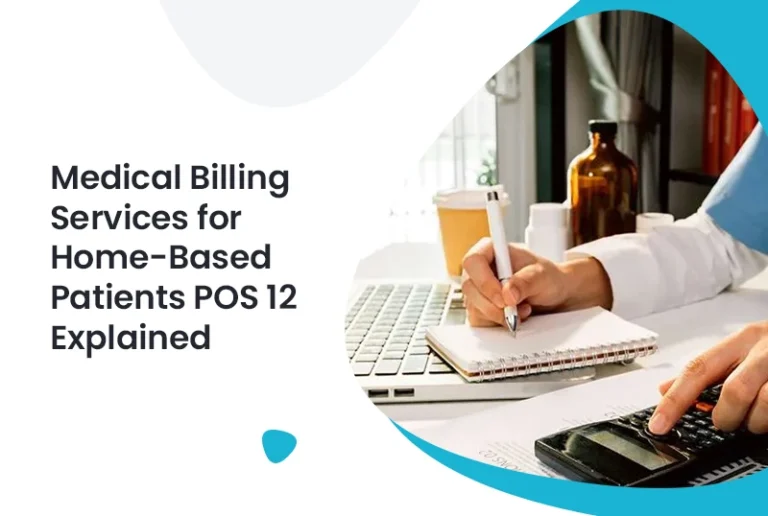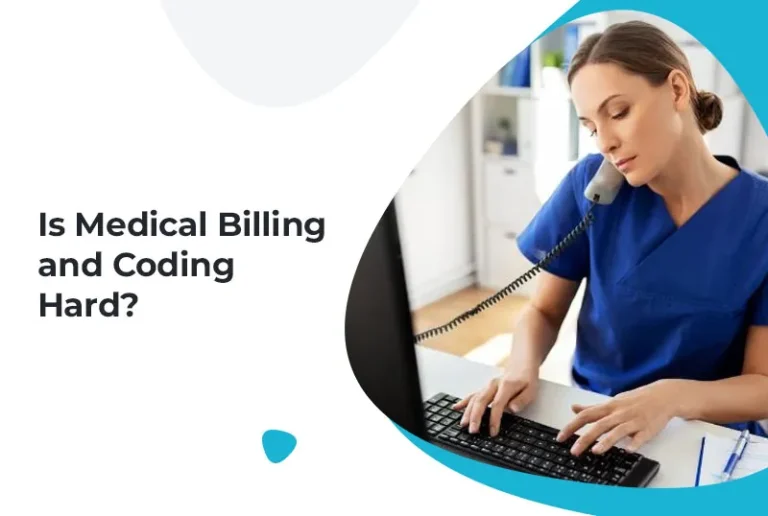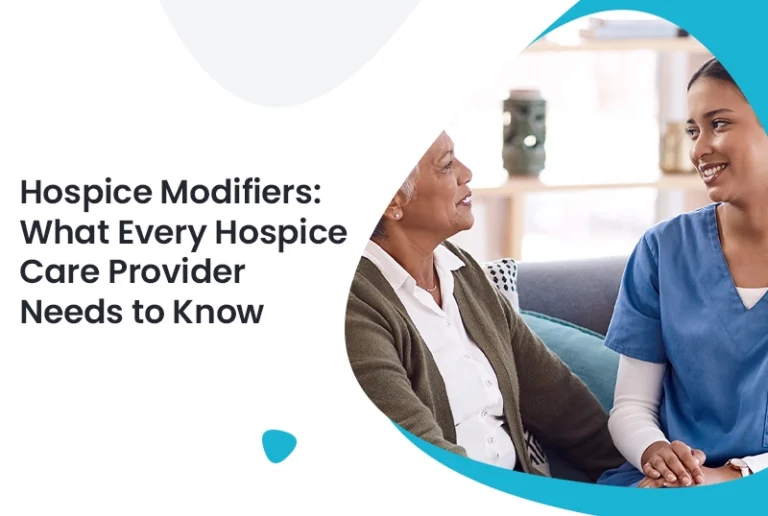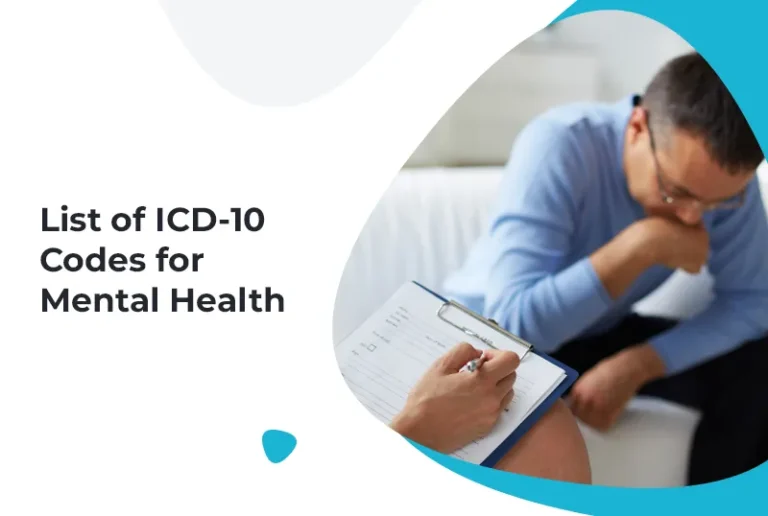Obstructive Sleep Apnea (OSA) is a prevalent and often underdiagnosed condition, and accurate billing is crucial for ensuring timely reimbursement. When coding for OSA, the G47.33 diagnosis code is essential. Using this code correctly not only improves claim acceptance rates but also supports the long-term success of your medical billing service.
What is G47.33?
The ICD-10-CM code G47.33 is used to identify Obstructive Sleep Apnea (Adult) (Pediatric). This sleep disorder is marked by repeated episodes of partial or complete obstruction of the upper airway during sleep. These interruptions lead to disrupted sleep patterns and can contribute to various health issues like hypertension, heart disease, and diabetes.
For healthcare providers and billing specialists, understanding how to apply this code effectively is vital. A simple coding error can lead to claim rejections or underpayments—impacting your bottom line.
Why Accurate G47.33 Coding Matters
Improper use of G47.33 can result in claim denials or delays, affecting revenue cycle management healthcare operations. Since sleep apnea is often treated through ongoing monitoring, CPAP machines, or sleep studies, documenting services correctly is non-negotiable.
Key considerations include:
- Documented diagnosis: Ensure clinical documentation explicitly mentions obstructive sleep apnea confirmed through a sleep study.
- Service matching: Match the services rendered (e.g., PSG, CPAP titration) with appropriate CPT codes.
- Justification of medical necessity: Payers may deny claims if the severity of OSA is not properly documented.
Correct coding improves payer acceptance and speeds up revenue flow—an essential factor in today’s high-volume healthcare environment.
Want more information? Read here: Choosing the Right Medical Billing Solution for Your Practice
How to Bill G47.33 Effectively
1. Know Your Codes
The G47.33 code should be paired with the appropriate procedure codes depending on the services rendered:
- 95810 – Polysomnography; attended
- 95811 – Polysomnography with CPAP titration
- 94660 – CPAP therapy initiation and management
Combining the correct diagnosis code with the appropriate CPT codes ensures a smoother claims process.
2. Use Modifiers Judiciously
Modifiers may be necessary when billing multiple sleep-related procedures. For example, Modifier 25 may be used to indicate a significant, separately identifiable evaluation and management service performed on the same day.
3. Avoid Common Mistakes
- Billing without supporting documentation
- Using outdated or incorrect CPT codes
- Not verifying payer-specific requirements
Preventing these errors is key to maximizing returns and maintaining the integrity of your rpd services in medical billing.
Best Practices for Sleep Apnea Coding Compliance
Compliance is critical when dealing with sleep-related diagnoses. Here are top tips:
- Audit frequently: Regular internal audits help catch coding inaccuracies early.
- Educate staff: Ongoing training ensures your billing team understands updates to ICD-10 and CPT codes.
- Stay payer aware: Payers often update their requirements, and being proactive keeps your practice ahead of denials.
With the rise in sleep disorder awareness, more patients are seeking treatment. This makes coding accuracy even more critical to manage increasing caseloads and optimize reimbursement through the proper use of G47.33.
Reimbursement Insights for G47.33
Payers generally reimburse for G47.33-related services if they are medically necessary and well-documented. Since treatments often include long-term care like CPAP, DME billing must also align with medical records.
Understanding payer policies and maintaining strong documentation is essential to keep your medical billing service efficient and profitable. Billing errors or documentation gaps may lead to clawbacks or fines.
Technology and Tools to Support Accurate G47.33 Billing
Using electronic health records (EHR) that integrate with billing software can simplify the correct use of G47.33. Features to look for include:
- Preloaded ICD-10 and CPT codes
- Real-time validation checks
- Auto-generation of patient summaries for audits
These tools play a key role in supporting revenue cycle management healthcare systems and ensure providers stay compliant while optimizing revenue.
Future Trends: Sleep Apnea and Evolving Billing Guidelines
As sleep medicine evolves, coding practices will follow. The demand for home sleep apnea tests and remote CPAP monitoring will require more nuanced billing strategies. The G47.33 code will likely continue to serve as a cornerstone diagnosis, but accurate procedural coding and documentation will become even more crucial.
To stay ahead, invest in ongoing training, tech upgrades, and ensure your team understands the changing landscape. Outsourcing to specialists in rpd services in medical billing can also ensure optimal performance and regulatory compliance.
Conclusion
Proper coding and billing for obstructive sleep apnea using G47.33 is more than just an administrative task—it’s a critical component of financial and clinical success. With rising awareness and treatment of OSA, healthcare providers must master this code to maintain profitability and avoid denials. Leverage modern tools, stay updated with coding guidelines, and partner with experts like Precision Hub to ensure continued success.
Frequently Asked Questions (FAQs)
Q1: What is the ICD-10 code G47.33 used for?
A1: G47.33 is used to code for obstructive sleep apnea, both in adults and children.
Q2: Can G47.33 be billed with CPT code 95811?
A2: Yes, if the patient underwent attended polysomnography with CPAP titration, this pairing is appropriate.
Q3: What are common reasons for denial when using G47.33?
A3: Common issues include lack of supporting documentation, mismatched CPT codes, and payer-specific rule violations.
Q4: Is prior authorization needed for billing?
A4: Often, yes. Especially for sleep studies and CPAP devices. Always check with the payer.
Q5: How can I improve claim success rates for G47.33?
A5: Ensure clinical documentation is thorough, CPT codes are accurate, and billing software is up to date.


